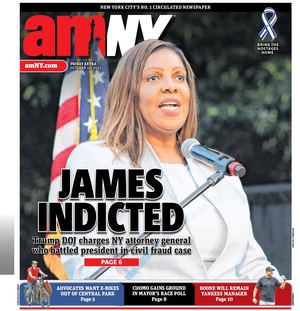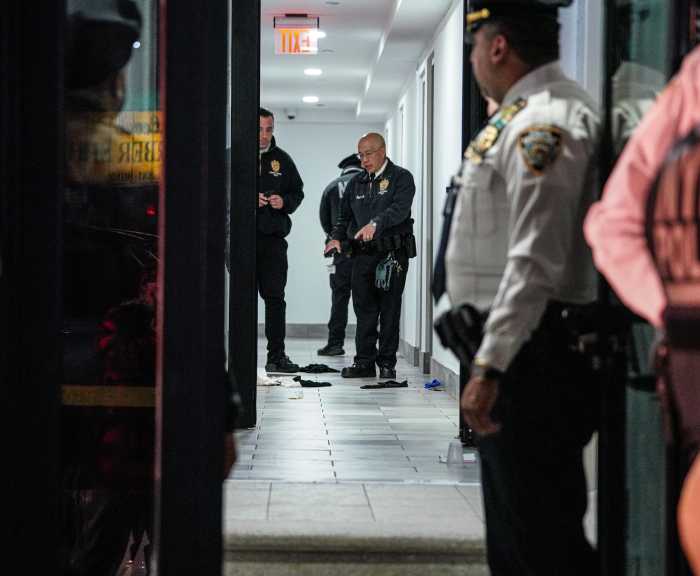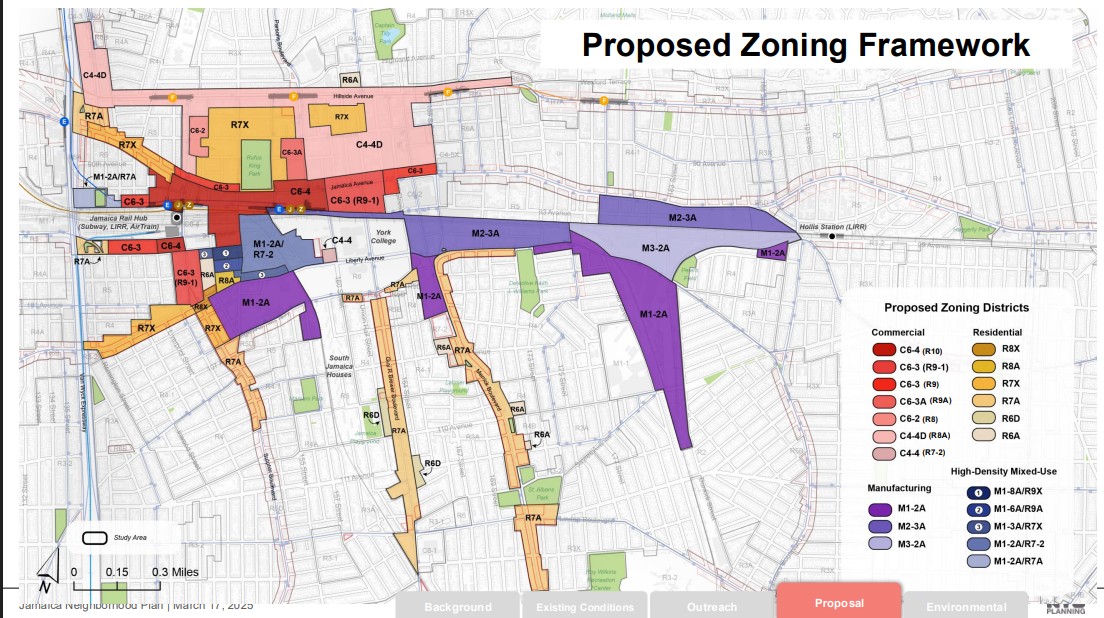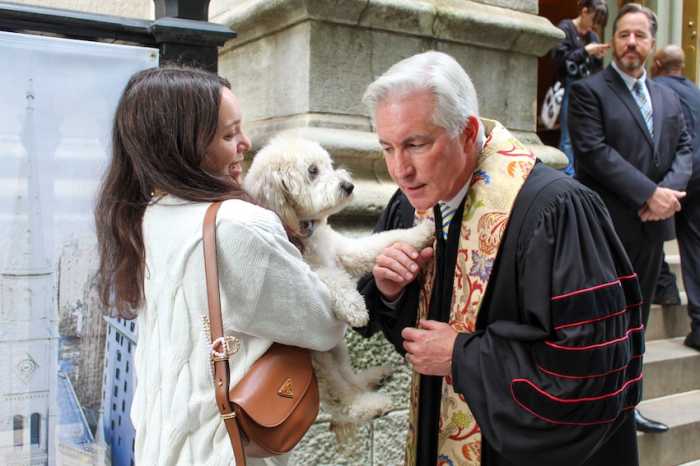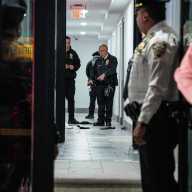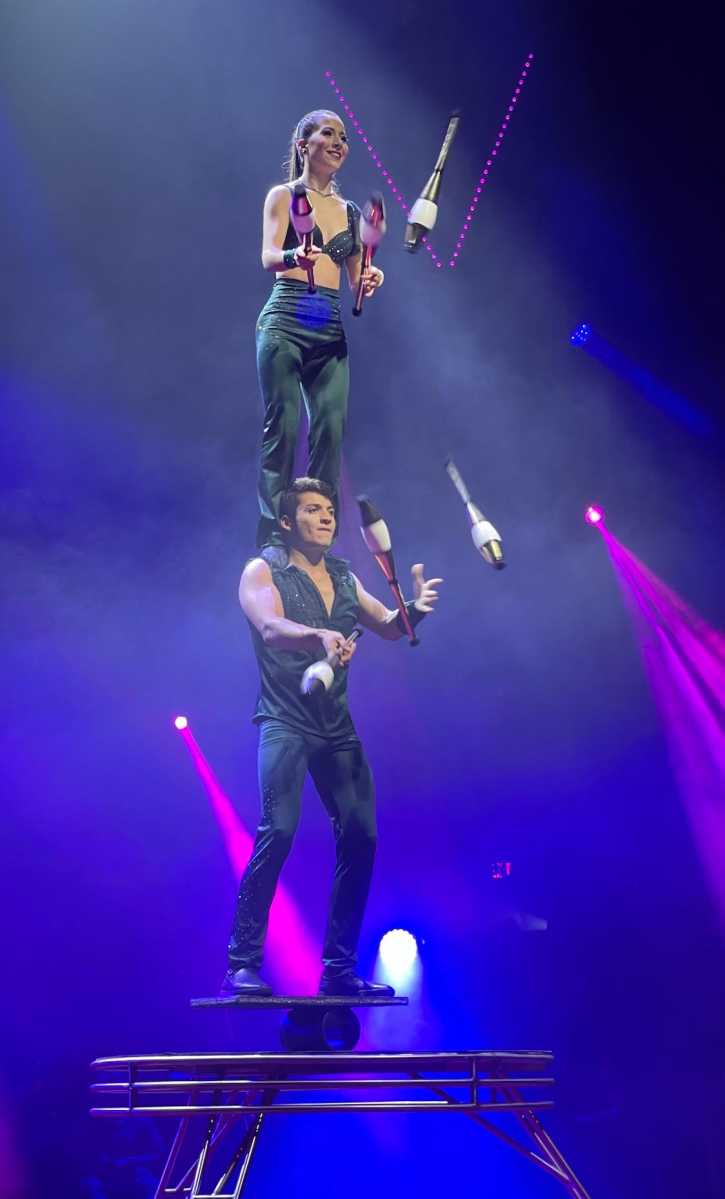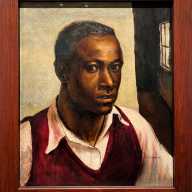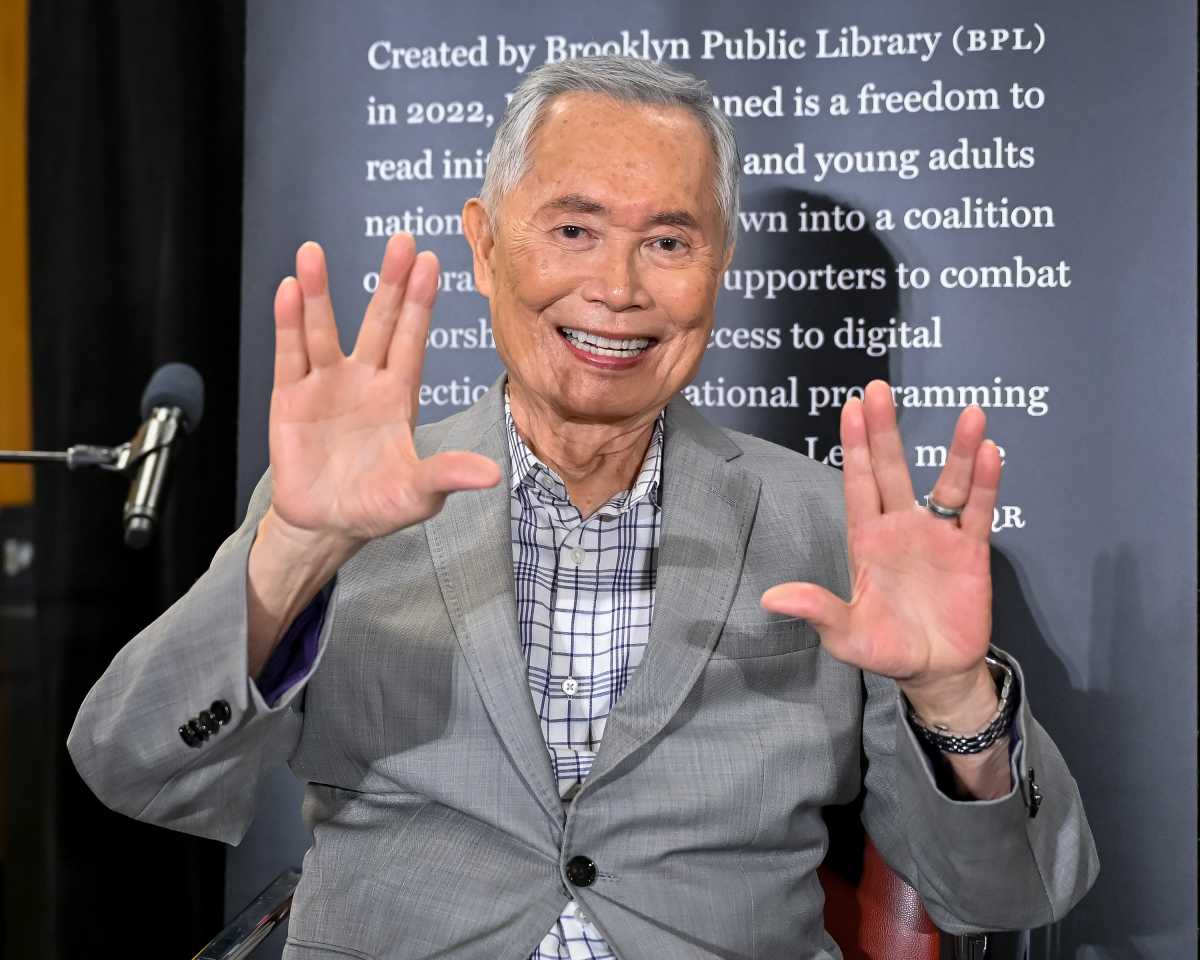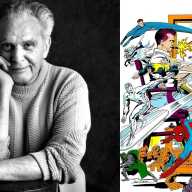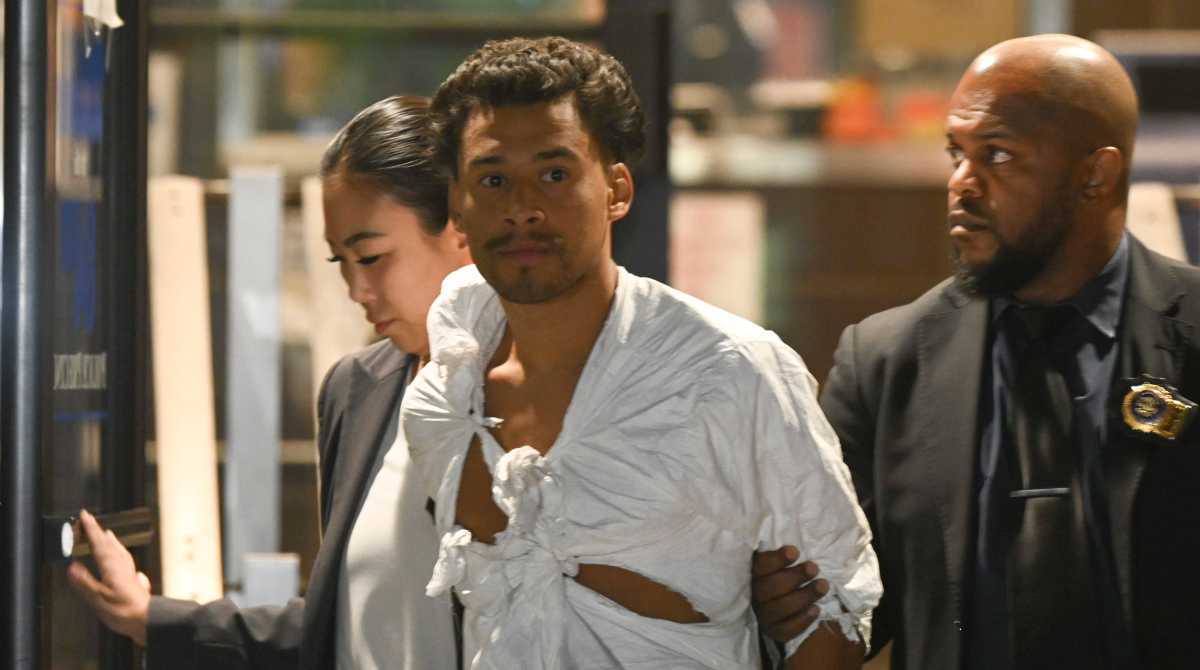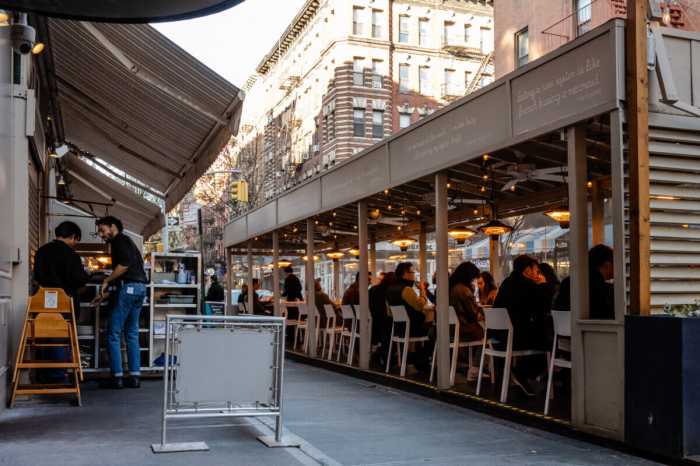Commuters on the 1, 7 and L trains were treated to the best service in the subway system this year, according to a new report published Thursday.
The three lines tied for top positioning in the 18th annual “State of the Subway” report card from the NYPIRG Straphangers Campaign. Meanwhile, the organization found service on the A and 5 train to be the worst among the network’s 20 major lines.
The 1, 7 and L lines received a “MetroCard rating” of $2.05, a scoring system in the report that weighs six measures of transit service, like train frequency, reliability and comfort. The report is compiled each year to allow riders to get clear breakdowns and comparisons for each line.
Jaqi Cohen, the campaign coordinator at Straphangers, said the report found drastically different levels of service.
“The most notable thing is the abundance of disparities between lines. For instance, the number of mechanical breakdowns on the C train was eight times higher than the Q,” Cohen said.
The report highlighted that cars used for the Q line experienced mechanical failures once every 489,956 miles. For cars on the C, it was once every 61,544 miles.
Those discrepancies could be seen across the assessment. Categories likes cleanliness and quality of announcements (ranked by accuracy and understandability) also varied greatly between lines.
“If I was at the MTA, I’d use this as a standard of best practices to see what’s working on certain lines and apply it to lines that are struggling,” Cohen said.
The car breakdown rate worsened from an average mechanical failure every 141,202 miles to every 131,325 miles, according to the report, which compared stats with the 12-month period from December 2014 to December 2015. That 7 percent decrease can be credited to the MTA’s aging fleet and the particularly-poor performing R32 subway cars — the MTA’s oldest — which first entered service in 1964 and can be found on the C, J, Z and A trains.
“Many times, we see that the R32 is dragging down all of the system’s ‘mean distance between failures,’” said Andrew Albert, an MTA board member, who added that he was frustrated that the cars’ replacement model had been delayed. “We should have had the R179 model much earlier. Those R32s shouldn’t be on the property anymore.”
But the MTA said the report “doesn’t accurately reflect the significant improvements” the agency has made to the system.
“Those improvements include the installation of communication-based train control to better space trains and alleviate crowding by allowing trains to run more closely together, as well as new signaling systems and purchasing new open-ended subway cars,” MTA spokeswoman Beth DeFalco said. “The MTA has also made significant investments in our capital program – including the on-time completion of the Second Avenue Subway – that improve service and the rider experience.”
The 5 and the A lines received a MetroCard rating of $1.50. That’s in part because the 5 train was among the most crowded lines. The A train, to earn its score, featured comparatively abysmal midday service and above average breakdowns.
Cohen acknowledged that despite the 1 train’s high score, the line featured a comparatively high number of cars with faulty air conditioning this past summer. That could not be factored into the report because the MTA doesn’t provide A/C data to the public, she said.
“That people would still sometimes sit in those cars goes to show you the great lengths they’ll go to in order to get a seat,” Cohen said. “But they shouldn’t have to practically suffocate to do so.”
